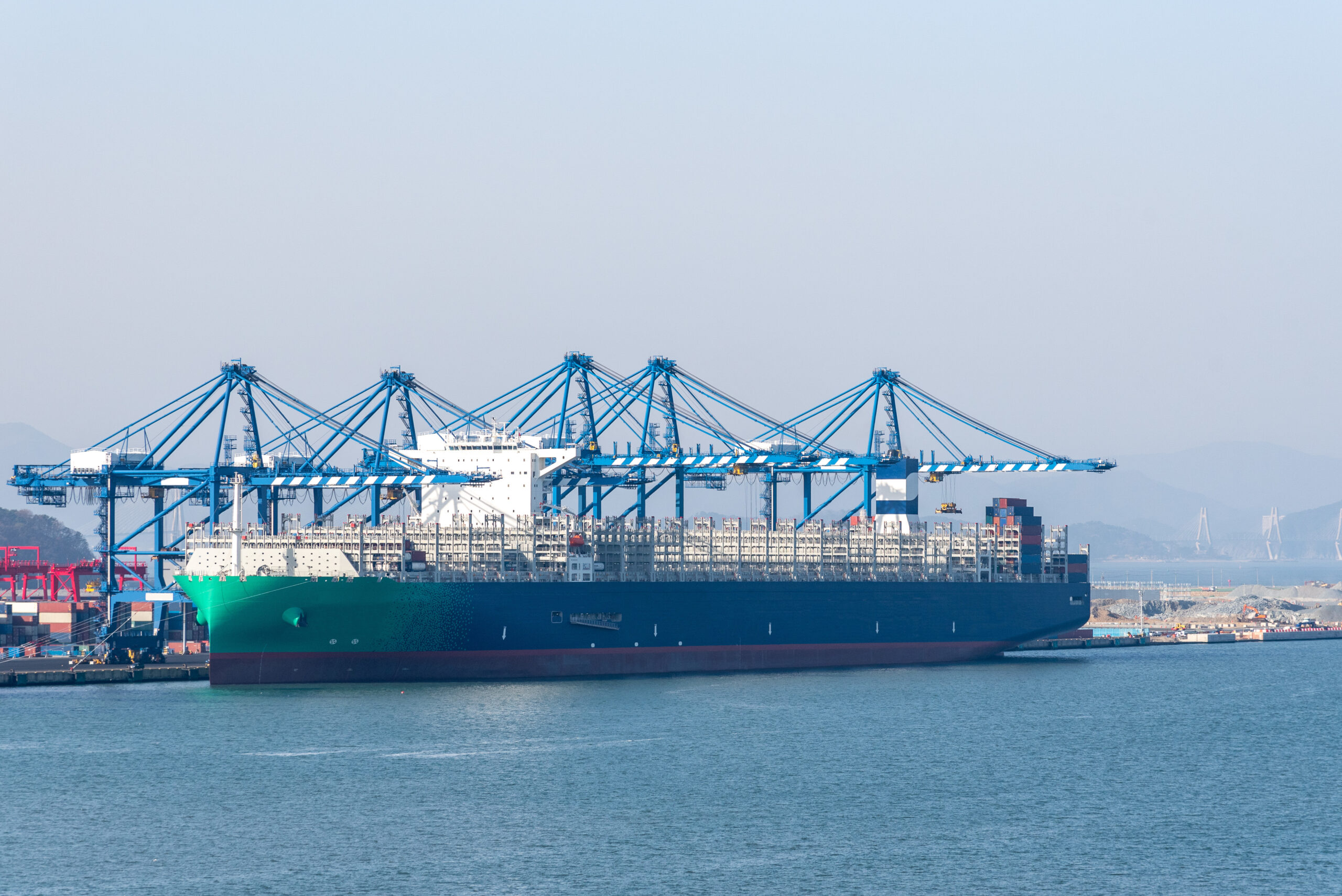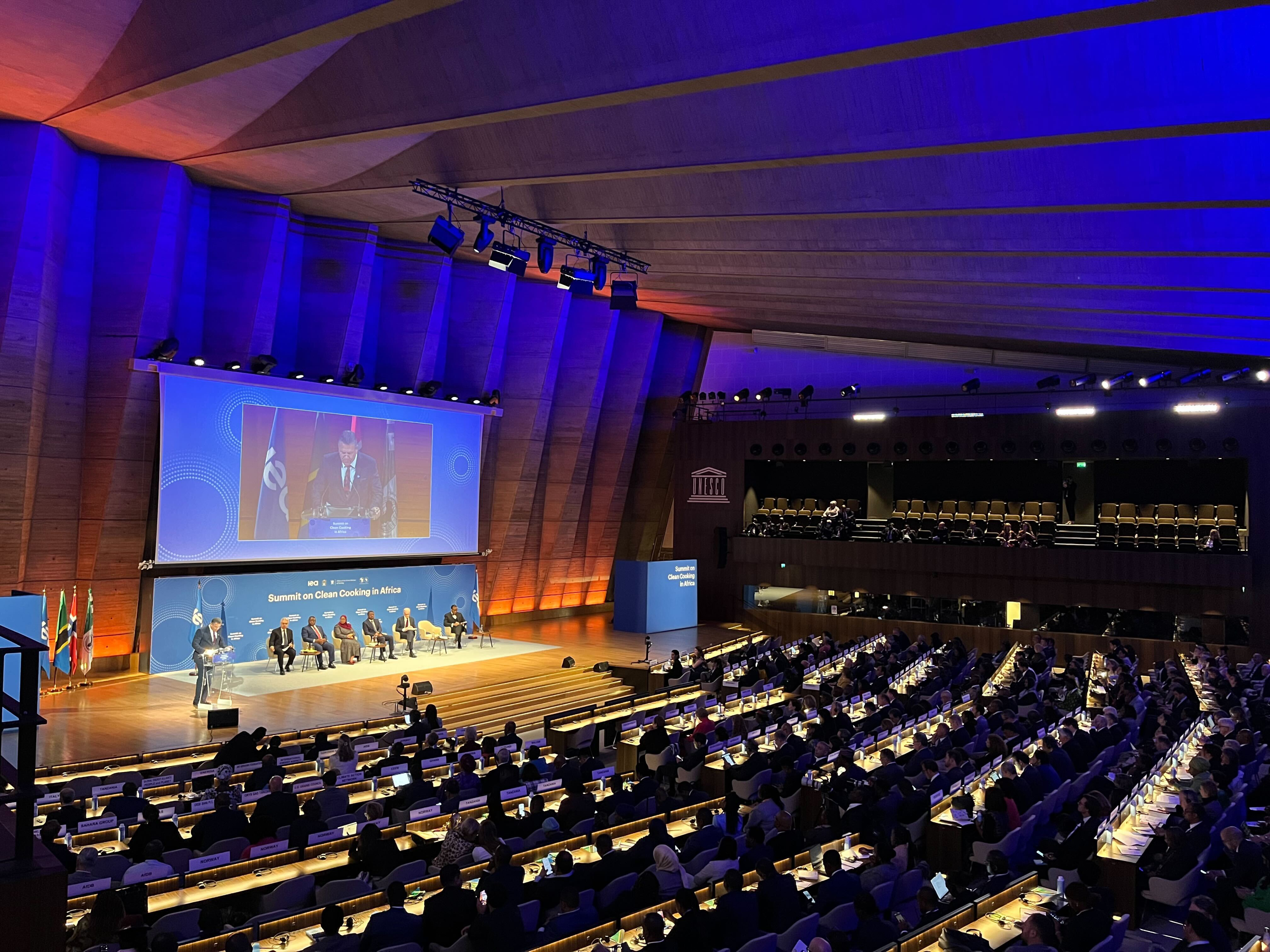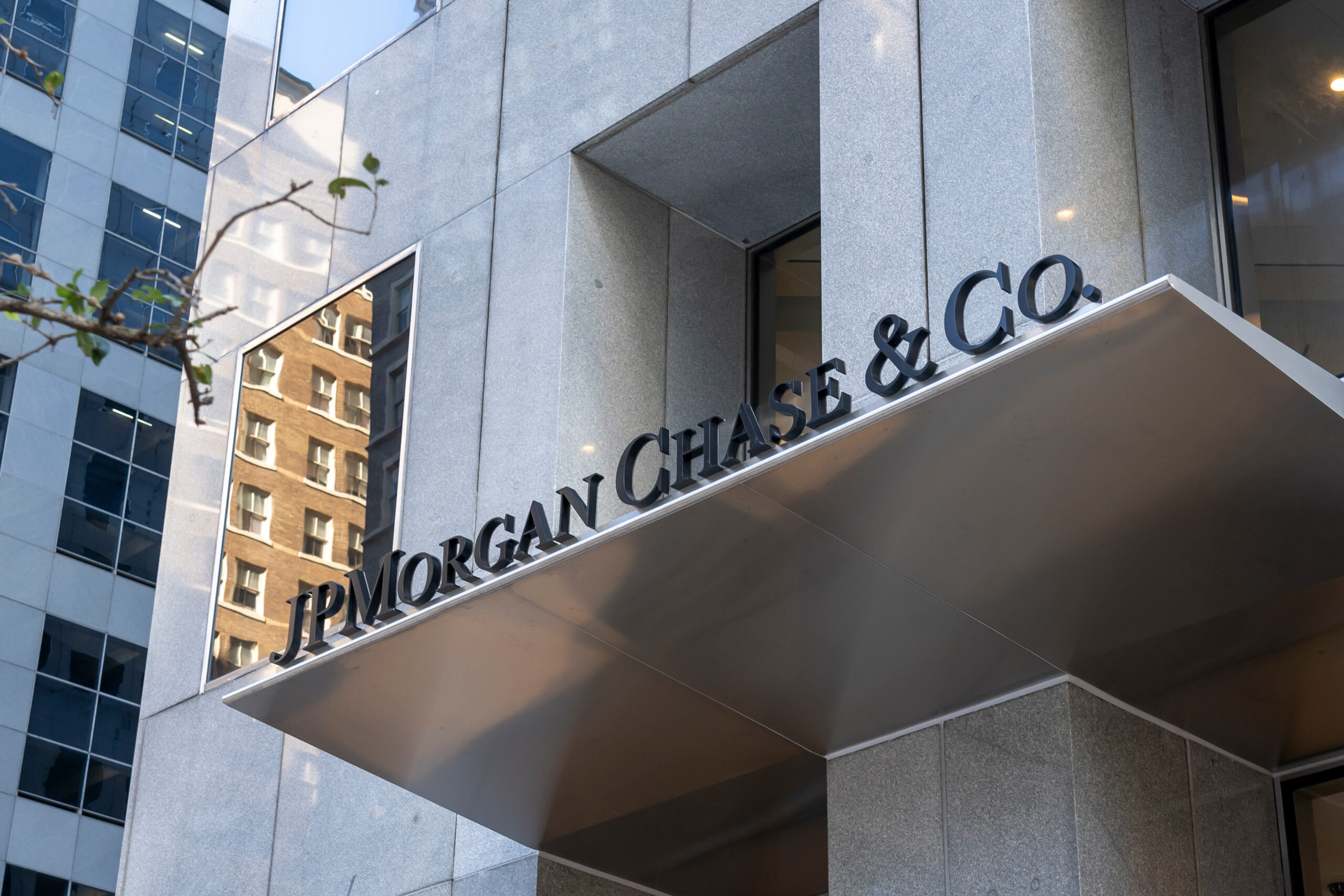Nigeria-Morocco Gas Pipeline highly vulnerable: experts
The Nigeria-Morocco Gas Pipeline project intends to supply gas to Morocco, 13 West African nations, and Europe, but experts have raised concerns about vulnerabilities based on its long timeline, funding issues, security, regional instability, and environmental and health impact.

The Nigeria-Morocco Gas Pipeline, conceived between the two countries in 2016, may partially plug Europe’s supply gas issues following Russia’s invasion of Ukraine, but is also a fragile project, experts have warned.
The pipeline project aims to monetize Nigeria’s substantial natural gas resources to increase the country’s revenue, diversify Nigeria’s gas export routes, and eliminate gas flaring. It will also help supply gas to Morocco, 13 nations in the Economic Community of West African States (ECOWAS), and Europe; and give other nations along the pipeline route a way to develop and export their gas.
NMGP is 48 inches wide by 5,300 kilometers long (offshore) from Barss Island in the Niger Delta to Dakhla, Morocco, and 56 inches wide by 1,700 kilometers long (onshore) from Dakhla, Morocco, to the Maghreb European Pipeline (MEP). Its overall length is around 7,000 kilometers, with about thirteen compressor stations.
Originating from Brass Island, the pipeline will terminate north of Morocco, where it will be connected to the existing MEP that originates from Algeria (via Morocco) to Spain. It is also noted to be an extension of the existing West African Gas Pipeline, which runs from Lagos, Nigeria, connecting to Cotonou, Benin; Lomé, Togo; and Tema and Takoradi, Ghana.
Gas imports into Europe
The project has raised the possibility of a new energy-supply route for West Africa and Europe. Proponents say this will provide fresh gas sources to Europe following Russia’s invasion of Ukraine, yet the project might take decades to complete and cost billions of dollars.
Chigozie Nweke-Eze, CEO of Integrated Africa Power, said the project would help Nigeria, Morocco and other countries involved to grow external revenue and balance exchange rates due to exports.
Nweke-Eze said that Europe’s dire need for an alternative source of gas to cover gas shortages due to the Russia-Ukraine war benefits both continents. However, he urged that Africa show constraint considering how long it will take for the pipeline project to be completed to avoid disappointment.
“But at the same time we have to be careful, how long will it take for this pipeline to be finished? By the time it finishes, will there be other deals that the European Union will make with other countries already ready to export?
“It’s something to think carefully so we don’t also come to a situation where we have stranded infrastructures, so we have to be careful in the timing of delivery and also in agreeing to make sure we don’t finish the pipeline and it ends up that no one needs the gas anymore,” he told Gas Outlook.
Adedolapo Raji, an energy advisor at Lagos-based Thwaite Energy Limited, said the project is still in the planning and engineering design phases, and the total costs will be decided after the front-end engineering design (FEED) is completed. She believes Nigeria should prioritize domestic gas utilization to match its gas-to-power needs to drive economic development over supporting Europe to solve its issues.
Huge vulnerabilities
Raji told Gas Outlook that there are huge vulnerabilities around the project, including security challenges, funding, lack of timeline, diplomatic concerns and regional instability. She also noted that there were too many countries in multiple African regions to ensure a smooth transition in the project delivery.
The energy advisor said that one of the key project rationale is anchored on a geopolitical context marked by strong international demand for oil and gas, market disruptions and price volatility following Russia’s invasion of Ukraine.
She also questioned why Morocco decided not to build a regasification facility and acquire LNG carriers. “Is this not more cost-effective than embarking on an extensive undersea gas pipeline?” she added.
“Upon the completion of the Phase II of the feasibility study, partially funded by OPEC, more specifics regarding the viability and techno-commercial feasibility of the project will be established, and part of the above-stated vulnerabilities as well as critical questions addressed.”
Start date uncertainty
Timipre Sylva, Nigeria’s former Minister of State for Petroleum Resources, said the start date for the gas pipeline construction has not yet been determined because of some administrative concerns that need to be resolved. According to financial projections, the pipeline will cost both countries $25 billion and will be completed in stages over 25 years.
The project will receive an investment of roughly $12.5 billion from NNPCL, giving it a 50% equity share. Parties in the project have addressed a lingering Production Sharing Contract (PSC), meaning the investment plan is now feasible.
The CEO of NNPCL Group, Mallam Mele Kyari, said the project is already at FEED Phase II, undergoing Environmental Impact Assessment and Right of Way Surveys.
However, Garbadeen Muhammad, a spokesperson for NNPCL, was unavailable when contacted by Gas Outlook to inquire when exactly the pipeline construction will commence.
Health and climate impact
Nweke-Eze raised the issue of the project’s impact on the community and surrounding environment. He said the pipeline should be planned to have minimal effect on the community and the environment.
Damilola Oguntade, a sustainability expert, noted that despite the project’s economic benefit, there is significant associated environmental harm due to increased extraction and consumption of fossil resources.
“Correspondingly, the extraction, transportation and use of fossil fuels already have considerable environmental implications ranging from the risks of leaks, fires and explosions related to corrosion and navigation. Additionally, the methane emissions from this gas project can potentially destroy the livelihoods of millions of people who depend on fisheries and farming as sustenance along these regional waters.”
Oguntade said it is crucial to interrogate the extent of compliance with environmental impact assessment standards and consult with the members of the local communities whose livelihoods depend on the coastal regions in which this gas pipeline would run and the climate resilience of their communities as a whole on the long term.
“Overall, it is crucial to strike a delicate balance between the appraised economic and geopolitical importance of this project (and whether or not it will directly benefit the people) and its real environmental impact on the regional waters and the inhabitants of these coastal areas as the latter seems to outweigh the former, labelling the project as unsustainable in the present and long-term future.”



